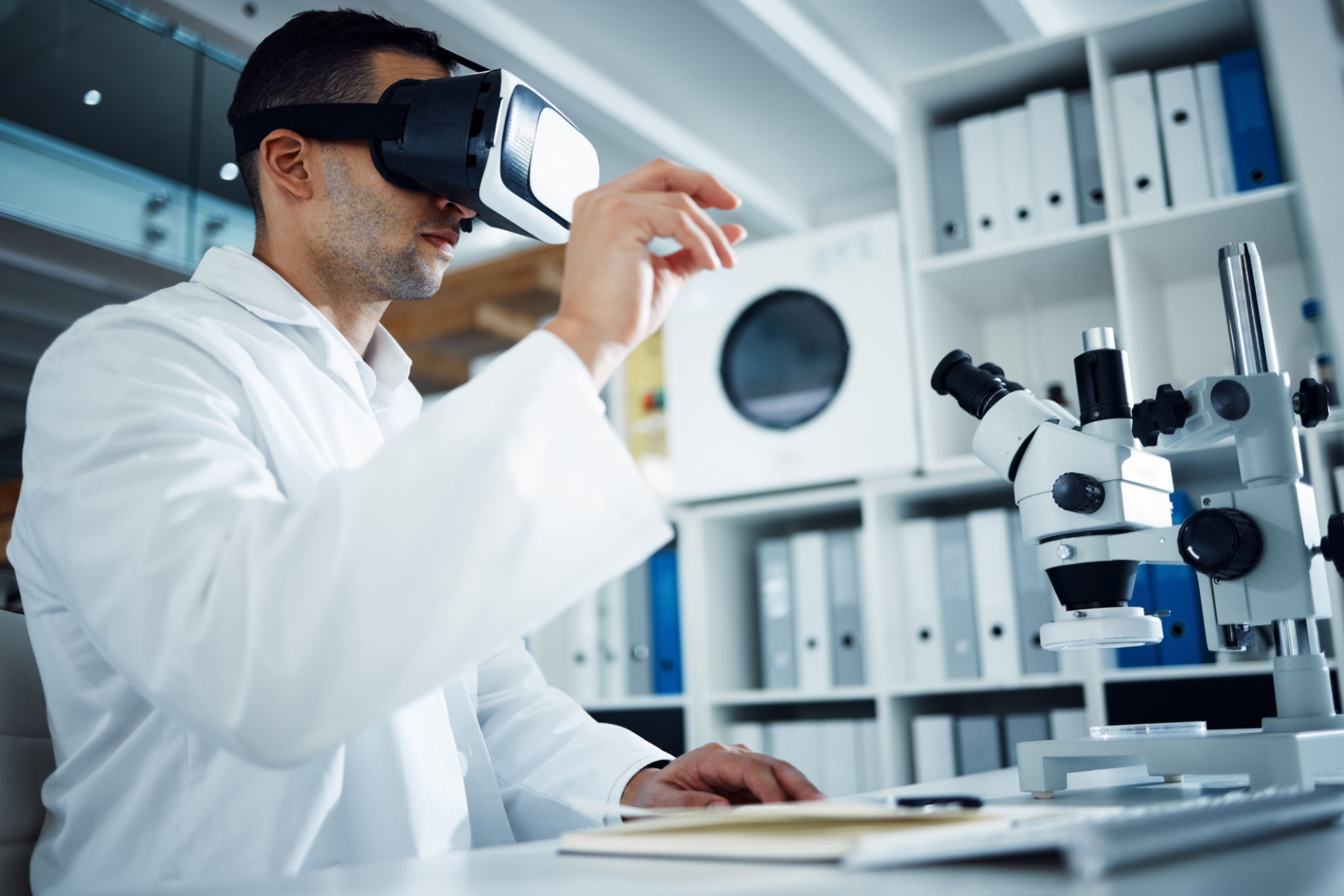Exploring the Latest Trends in Home Health Care Technology
Introduction to Home Health Care Technology
The landscape of home health care is rapidly evolving, thanks to technological advancements. These innovations are transforming how care is delivered, making it more efficient and accessible. As the demand for home health care services grows, exploring the latest trends in this field becomes crucial.
Technology is not only enhancing the quality of care but also empowering patients and caregivers. From remote monitoring devices to telehealth services, these tools are reshaping the way we think about home health care.

Telehealth Services
Telehealth is one of the most significant trends in home health care technology. It allows patients to consult with healthcare providers remotely, making it easier for those with mobility issues or living in remote areas to access medical advice.
With the help of video conferencing and other communication tools, telehealth is bridging the gap between patients and healthcare professionals. This technology not only saves time but also reduces the need for unnecessary hospital visits.
Benefits of Telehealth
- Improved access to specialists
- Reduced healthcare costs
- Increased convenience for patients

Remote Monitoring Devices
Remote monitoring devices are another trend making waves in home health care. These devices allow continuous tracking of patients' vital signs and health conditions, providing real-time data to healthcare providers.
Commonly used devices include heart rate monitors, blood pressure cuffs, and glucose meters. By using these tools, caregivers can quickly respond to any changes in a patient's condition, ensuring timely interventions.
Impact on Patient Care
The use of remote monitoring devices has significantly improved patient outcomes. It allows for proactive management of chronic conditions, reducing the likelihood of complications and hospital admissions.

AI and Machine Learning
Artificial Intelligence (AI) and machine learning are playing an increasingly important role in home health care. These technologies can analyze vast amounts of data to identify patterns and predict potential health issues before they become critical.
AI-driven tools can assist in the diagnosis and treatment planning process, providing personalized care recommendations based on individual patient data. This level of customization ensures that patients receive the most effective care possible.
Future Prospects
As AI technology continues to advance, its applications in home health care are likely to expand. This could lead to even more precise and efficient healthcare solutions, ultimately improving patient satisfaction and outcomes.

Conclusion
The integration of technology in home health care is not just a trend; it is a necessity for modern healthcare systems. By embracing these innovations, we can enhance the quality of care provided and make healthcare more accessible to all.
As we look to the future, continued investment in home health care technology will be essential in meeting the growing demands of an aging population. The potential for these technologies to transform patient care is immense, promising a healthier and more connected world.